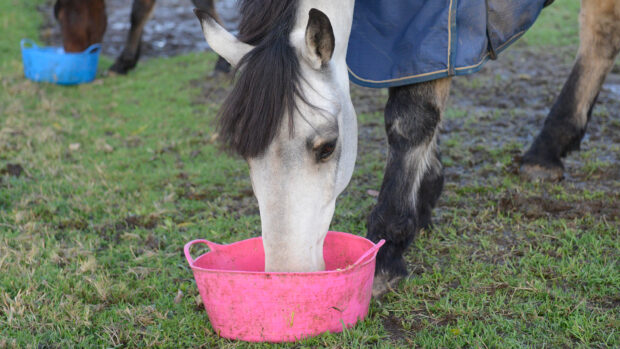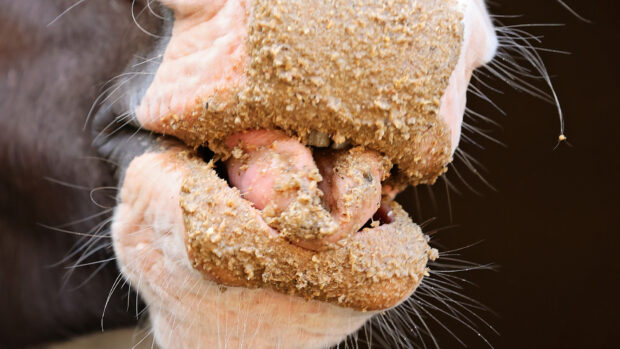Horses, like humans, can be allergic to a range of different stimuli. There is a tendency to blame the majority of allergic reactions on feed, but currently there is a lack of scientific evidence to support these claims.
One of the most widely reported signs of feed intolerance in the horse is urticaria. Characterised by wheals on the skin, urticaria typically appears suddenly, with the head, neck and trunk most commonly affected, although the bumps may also appear on the limbs and flanks. The number and size of wheals varies considerably according to the individual animal.
In many cases the cause of urticaria remains unidentified, with a reaction to an insect bites being one of the most common. Infections, drugs and stress can also lead to bouts of urticaria, while foodstuffs that have been implicated include:
- Wheat
- Oats
- Horse cubes
- Barley
- Bran
In food-related cases, it is likely that the problem is due to specific cereal proteins, rather than the amount of protein in the diet. Identifying which cereal protein is responsible can be difficult. The easiest way to achieve this is to place the horse on an exclusion diet until the offending feedstuff, if any, is found.
Keeping a diary of dietary and environmental changes during this process will help establish any non-dietary influences.
Sample exclusion diet
Week one to four: Feed ad lib forage, preferably a single grass hay, or hay from a known grass seed mixture. Support this with an all-round vitamin and mineral supplement, plus a probiotic.
Week six to eight: Gradually introduce a single straight cereal for a two-week period and look for any signs of intolerance.
Week eight to 10: Gradually add a second cereal ingredient into the diet and look for signs of intolerance.
Week 10 onwards: Continue adding new ingredients into the diet allowing a two week period before introducing the next ingredient until the allergic response occurs and then eliminate the allergen from the diet.
Diagnostic tests
While some clinics specialise in diagnosing allergens, this work is currently in its embryonic stage so the findings can prove inconclusive for some animals. Skin tests vary considerably in their reliability, with research suggesting that the results of around 62% of skin tests are accurate. The radioallergosorbent test is up to 57% accurate in humans, but it not yet been validated for horses.
Once the offending cereal has been discovered it is usually possible to select a compound feed that will provide the animal with optimal levels of energy and nutrients, without that particular ingredient.
|
Cereal-free feeds
Dodson & Horrell’s extensive range of compound feeds includes those free from the cereals commonly associated with feed intolerance. For expert advice on formulating a diet for a horse suffering from a freed intolerance, contact Dodson & Horrell’s feed helpline (tel: 0870 442 3322) or visit: www.dodsonandhorrell.com |



